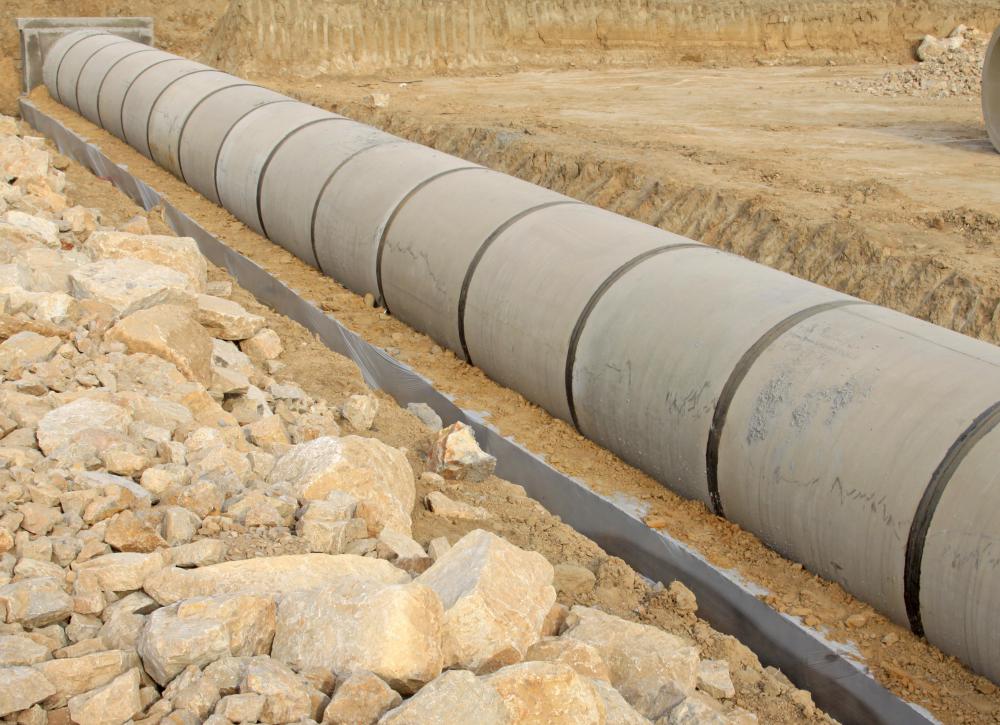At HomeQuestionsAnswered, we're committed to delivering accurate, trustworthy information. Our expert-authored content is rigorously fact-checked and sourced from credible authorities. Discover how we uphold the highest standards in providing you with reliable knowledge.
What are the Best Tips for Waterproofing a Basement Floor?
There are various ways that waterproofing a basement floor can be done. Some of them are easy tasks that can be done within a few hours, and others are more complicated jobs that require the entire concrete floor to be removed and then rebuilt correctly. If water has already become a problem, a complete evaluation should be made to find the source. When waterproofing a basement floor, one should start with the basics and work toward the end goal, beginning with analyzing the situation and ending with installing the best possible waterproofing solution.
Waterproofing a basement floor begins with evaluating the specifics of the surrounding layouts. All of the surrounding landscaping has to be sloped away from the edges of the building and have drainage fields built into them. No flower beds or gardens can be planted next to the foundation walls, especially raised beds that have had extra soil brought in. These two specific problems will cause water drainage into the basement, so even a good waterproofing measure will not stop water from forming on the floor. A dry basement floor begins with how it is installed and how the surrounding landscaping is designed.

The easiest and most common method used in waterproofing a basement floor is for one to use a basic waterproofing chemical that can be purchased at most home improvement outlet stores. This process begins with cleaning the area with a broom and an all-purpose vacuum, then scrubbing the floor clean with a basic household detergent. The primer, which comes with the waterproofing chemicals, then gets brushed and rolled onto the entire surface, making sure that the corners and edges are completely coated. The actual waterproofing chemical is then applied over the dried primer agent, giving the basement an effective waterproofing layer.

If the basement has not been finished, an easy solution for waterproofing the basement floor is for a sump pump to be added into a corner of the room, which effectively takes the water from the area and shoots it out into the surrounding landscape. After the sump pump is in place, the basement floor can be finished by adding a good layer of rock or gravel, along with a drainage pipe around all the walls, and installing a concrete floor. The use of drain pipes and a sump pump allow the basement floor to be waterproofed by keeping the fluid away from it.

The last way that someone can accomplish the task of waterproofing a basement floor is to cut out the existing floor and build it correctly. The easiest way for one to do this is to cut along the outer edges with a power saw and then break the pieces out with a pick or jackhammer. All of the debris should be cleaned out, a sump pump should be added to one of the corners, and a layer of rock or gravel should be added, along with drainage pipes that cover the entire length of the walls. Concrete is then poured and formed into a new basement floor, ensuring that it is dry because it has proper drainage.
AS FEATURED ON:
AS FEATURED ON:















Discuss this Article
Post your comments